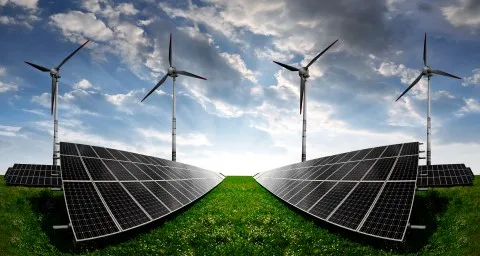
Hybrid power systems can be a nightmare to the Asian sector
Are there even enough appropriate incentives for investment?
When Singapore became home to Southeast Asia’s first large-scale offshorer enewable energy system based on hybrid power systems, experts had mixed reactions.
For its proponents, hybrid power systems are the dream of the future, integrating traditional power sources with renewable power sources, but experts warn that it can
turn into a technical nightmare.
“Challenges must be overcome to ensure that present levels of reliability are not significantly affected when operating a hybrid power system,” says Amit Gupta, chief of electrical capability group-Asia at Rolls-Royce Singapore.
Big shoes to fill
One key task is to design new market models that allow competitive participation of intermittent energy sources, and provide appropriate incentives for investment. There is also a need to design appropriate demandside management schemes to allow customers to react to the grid needs.
Asian countries like the Philippines also face an uphill battle when it comes to funding and site availability. Malin Östman manager, project development at Wärtsilä Finland Oy Singapore reckons there is excellent potential for PV-engine hybrids in the Philippines due to a good level of irradiation and widespread diesel use as a generating fuel.
But cost and availability of land remain as major challenges to implement solar PV and PV-engine hybrids across the islands.
Increasing complexities
The rising complexity of hybrid systems should also keep operators on their toes.“The development of more energy sources or storage technologies will increase the complexity on hybrid systems,” says Fernando Niggli, technical manager at DEIF Korea, South Korea.
He reckons that individual sources cannot operate if the integration to the other sources is incomplete. This only causes more problems, especially in the microgrid level of applications, and puts pressure on the industry to roll out better systems.



















 Advertise
Advertise







